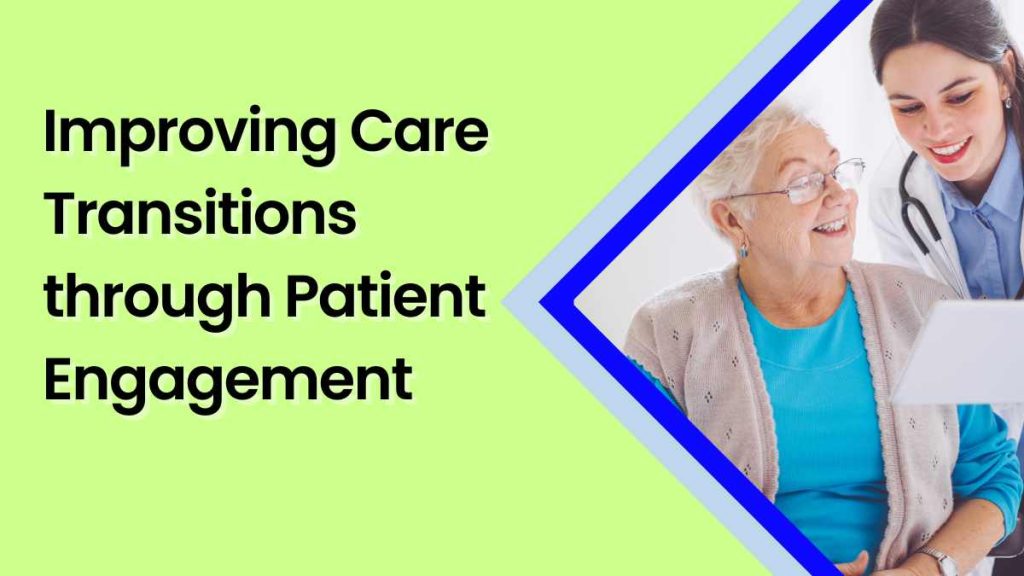- Oak Brook:(630) 705-9999
- Chicago:(312) 920-8822
- Email:inquiry@vervecollege.edu
- Make a Payment
- Home
- Programs
- Admission
- Resources
- ATI Entrance Exam Resources
- New E-Digital Library
- Refer a Friend
- School Newsletter
- Events
- Employers
- Job-Network
- Alpha Beta Kappa Candidates
- Verve College Library
- Graduation and Pinning Ceremony Photo Galleries
- Textbook Information
- Career Services
- Tutoring
- School Catalog
- FAQ
- Constitution Day Program
- Alumni
- Verve College Plans
- Financial Aid
- HEERF Reporting
- Satisfactory Academic Progress
- Apply For Financial Aid
- Net Price Calculator
- Return of Title IV Funds (R2T4)
- Financial Aid Office Code of Conduct
- Contact
- FAQs
- Verification Policy
- Vaccination Policy
- Student Right-to-Know Act
- Misrepresentation
- Information Security Program
- Academic Award Year
- Availability of Employee
- Cost of Attendance
- Health & Safety Exemption Requirement
- Students Rights and Responsibilities
- Leave of Absence
- Pell Formula
- Military Students
- Grants/ Scholarship Policy
- Contact Us
- Testimonials
- Blog
Is a Nursing Career Right For You?
Take The Free Quiz
Improving Care Transitions through Patient Engagement
Improving Care Transitions through Patient Engagement
According to the Centers for Medicare and Medicaid Services, the survey is a standard survey instrument and data collection methodology used since 2006 for measuring patients’ perceptions of hospital care.
The HCAHPS Survey is the most critical measurement of patient satisfaction. It determines how patients view their care and the reimbursements based on these scores. The HCAHPS survey is a priority for hospitals, especially with the advent of value-based incentive programs. This article will concentrate on the transitions of care domain of HCAHPS and patient engagement strategies, which directly impact this measure. To learn more strategies & want to get hands-on experience, nursing students can enroll in accredited LPN programs in the U.S. to enter a nursing career with preparation for the licensure exam (NCLEX-PN exam).
A Closer Look at Transitions of Care
The transitions of care questions in the HCAHPS get to the core of what patients are looking for when they leave the hospital and move on to another level of health care, mainly home. Three main questions dominate this domain:
- The staff at any hospital takes into consideration patients’ wishes and the wishes of their family members or caregivers when determining what anyone needs for health care after discharge.
- After leaving the hospital, patients responsible for themselves.
- After leaving the hospital, understanding medication is a must.
You must enroll in the best nursing colleges in Illinois (strong academic programs of community college) to enhance your clinical skills more quickly where you can get hands-on training & experienced faculty through clinical rotations.
On man has developed the transitions of care program, which is based on a model of intervention composed of four pillars:
- Self-Management: The patient is aware of medication and has an effective medication management system in nursing homes.
- Use Dynamic Patient-Centered Records: The patient uses the personal health record to communicate and ensure continuity across vocational nurses and settings.
- Follow-up With Primary Care Physicians and Specialists: The patient schedules and completes a follow-up appointment with their primary care physician.
- Knowledge about Red Flags: The patient is aware of the vital signs indicating their condition is deteriorating and knows how to react at clinical sites.
Organizations and individuals have strategies they can use at every level of patient care. Considering interventions at both the point of contact and the post-contact is essential since the transitions of care domain encompasses multiple settings.
Related:- What is Holistic Nursing Care For LPNs?
Prepare Patients for a Successful Care Transition
While patients are still in the hospital setting, practical nurses can ensure they are prepared to transition to the next level of care in healthcare facilities. Hospitals provide patients are well-prepared and understand what will happen next.
Transitions or discharge rounds can be an excellent way to ensure patients understand the instructions for their medication and any other care. The discharge round may include tools like the teach-back method or a checklist. The discharge round is also a time for arranging follow-up appointments and reviewing red flags the patient should know about. These discharge rounds or transition of care rounds can become planned events for the patient and the staff. This ensures that the transition is safe as nurses learn from practical skills & from high-quality education courses.
Provide a Safe Transition for Patients After Discharge
Another proven strategy is to call patients after the encounter. This provides a safety net for them when they return home. The discharge process is often overwhelming and hard to remember, even with teach-back strategies and other strategies. Your industry can provide additional interaction after discharge to ask patients about their understanding of their medication and ability to follow their plan. They can also inquire about any red flags requiring clinical assessments(learned by nursing education) in healthcare fields. Depending on the program’s goals, these calls can either be a one-touch program or a multi-touch Program.
The Impact on Care Transitions of Effective Patient Engagement
The two pillars for effective patient engagement are rounding and follow-up after discharge. These two activities improve patient outcomes throughout the hospital stay and care journey. The school diploma of the best LPN school near me (nursing school for practical nursing programs) provides complete knowledge of how to satisfy patients & also helps to get practical experience from private school to make a career in healthcare. A recent analysis of three healthcare industries found that hospitals that performed discharge rounds experienced a 28% decrease in patients who reported not understanding their discharge instructions. Multiple coordinated interactions are needed to help patients feel more comfortable in their transitions from one healthcare setting of care to another. Health care systems can help their patients recover by providing multiple opportunities for students to address and educate about patient concerns.
 Sign up
Sign up Login
Login




